Throughout history, soldiers have found loyal allies in dogs, and their roles in warfare have evolved alongside human strategies. Today, dogs aren’t just furry mascots; they’re an elite branch of the military, offering unparalleled advantages in dangerous situations. However, despite the vast number of dog breeds, there are only a select group that are suited for war. Our list of the best war dogs contains some of the smartest, most daring, and fittest canines out there!
Dogs’ superlative senses are a key asset. Their noses, far surpassing human limitations, sniff out explosives, drugs, and even specific individuals, saving lives from hidden threats. Their ears pick up on the faintest sounds, alerting soldiers to approaching enemies or concealed dangers, granting precious foresight on the battlefield. And even in the pitch dark, their keen night vision allows them to scout enemy positions and navigate hazardous terrain where human eyes falter.
But their usefulness goes beyond enhanced senses. Dogs can traverse harsh landscapes and claustrophobic spaces, reaching areas inaccessible to humans and gathering crucial intel from enemy hideouts or dense foliage. They excel at tracking down missing soldiers or enemy combatants, alive or deceased, their stamina and agility making them indispensable for search and rescue in perilous environments. In some cases, specific breeds are trained for offensive maneuvers, helping apprehend fleeing enemies or secure dangerous zones.
Beyond the tactical, dogs offer invaluable emotional support. Their loyal presence and playful nature boost morale and alleviate the immense stress soldiers face in combat. They become not just comrades but confidantes, providing a comforting reminder of normalcy amidst the chaos. Some even rise to the position of mascots, their unwavering spirit embodying the unit’s identity and fueling the determination of its members.
However, despite the undeniable benefits, the ethical considerations regarding dogs in war cannot be ignored. These are living beings facing potential physical and emotional harm. Their training and deployment must be approached with utmost care and respect for their welfare.
So which breeds of dog are considered the best for military operations? To determine the best war dogs, StudyFinds reviewed eight several expert sites, taking into account the number of times each breed was listed and their ranking. Think we missed one? Let us know in the comments!
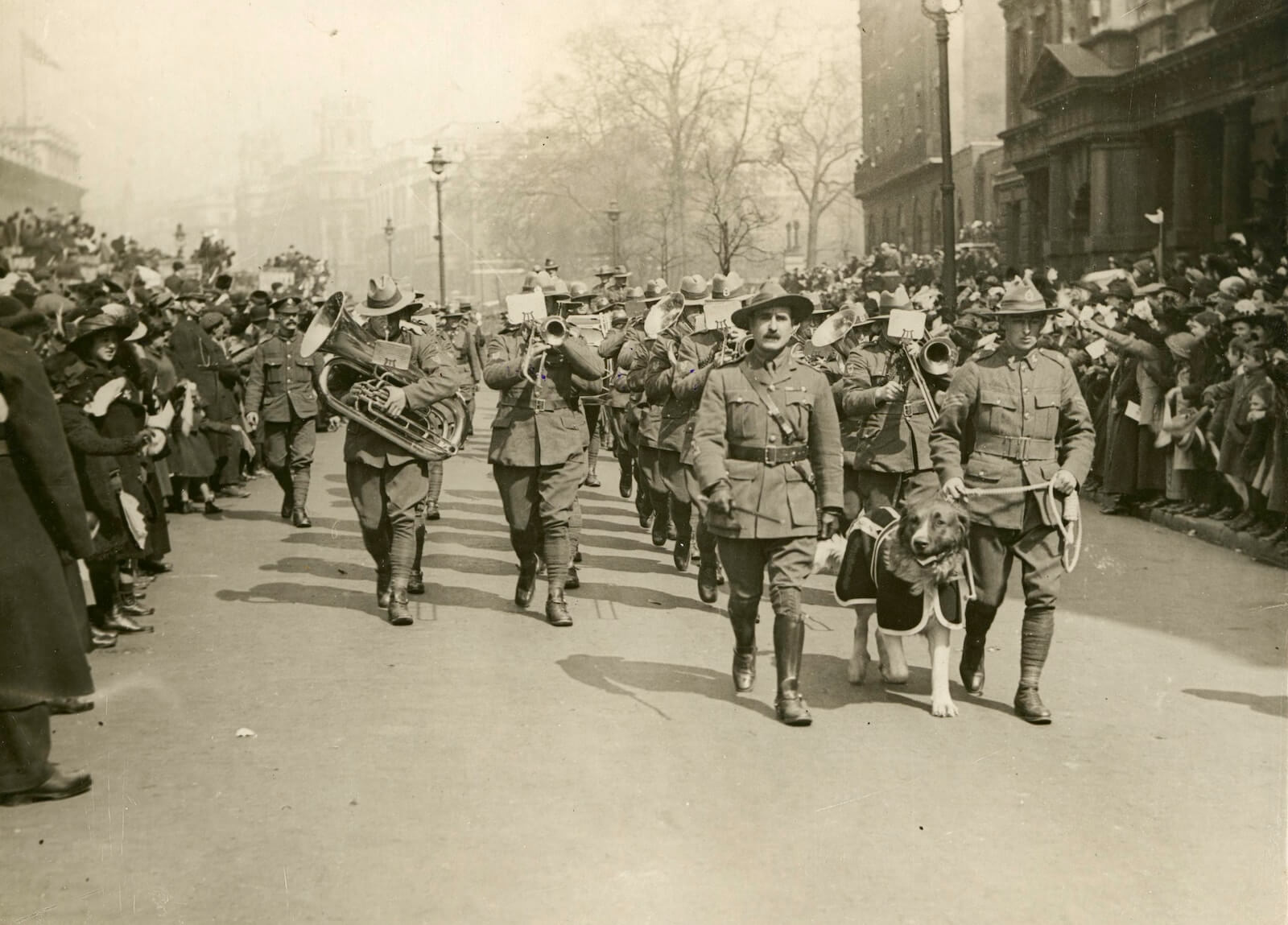
The List: Best War Dogs Most Recommended by Experts
1. German Shepherd
Known for their intelligence, loyalty, and versatility, German Shepherds have long been a part of the police force. Trained for jobs such as search and rescue, drug detection, and tracking down suspects, it’s no wonder why they also make excellent military aids.
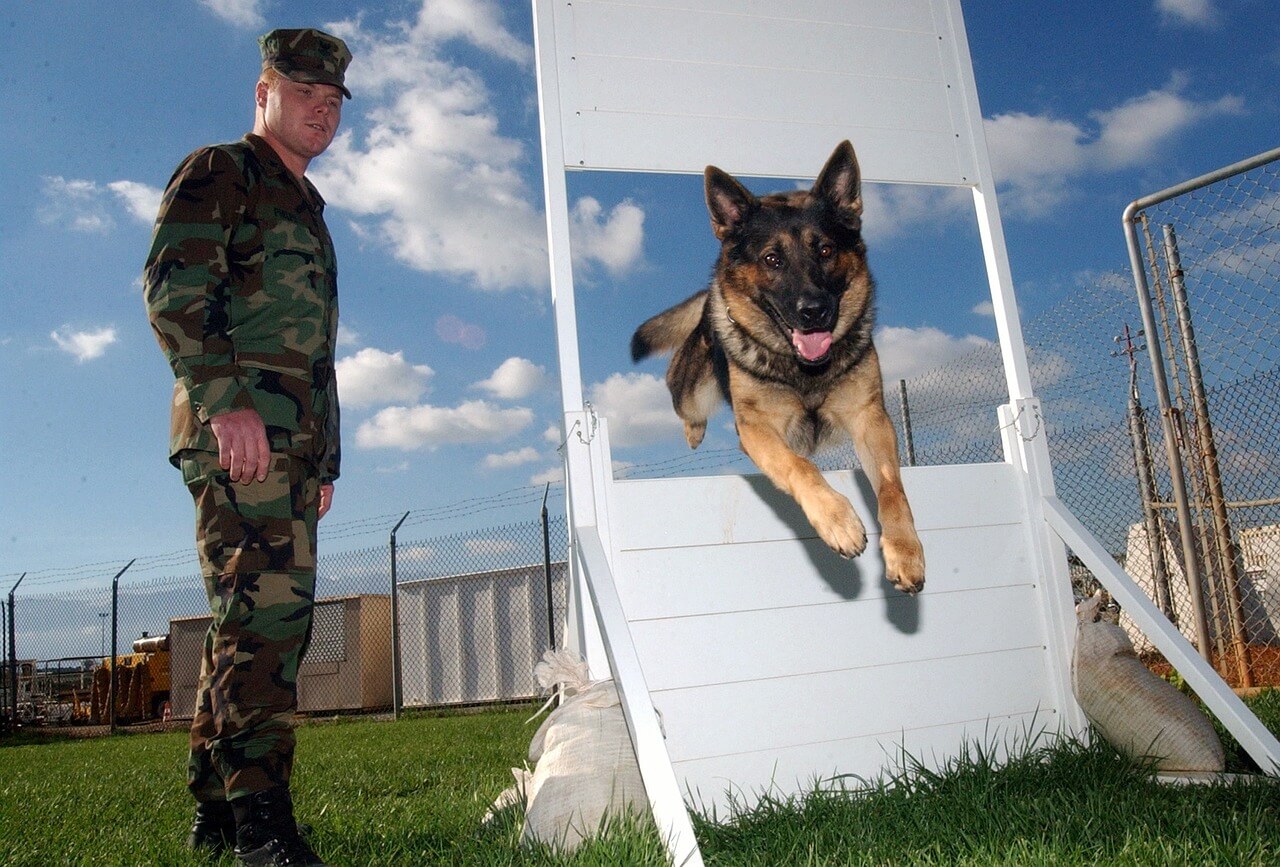
“German shepherds served in both World Wars and the Vietnam and Korean Wars,” writes World Animal Foundation. “Captain Max von Stephanitz of the German Army trained German shepherds from 1899 to 1914. He bred them focusing on the traits of loyalty, intelligence, tenacity, endurance, and dedication — making them perfect for the military and police.”
“The German army began utilizing trained German Shepherds as sentries, messengers, and ammo carriers in World War I. By World War II, other countries including the U.S. had recruited their own German Shepherds and the breed has served armed forces worldwide ever since,” says Pet Keen.
Petpedia adds, “They are very athletic, meaning they are first-class performers at hunting and apprehension, and have excellent tracking and detection skills, which prove vital in ‘search and rescue’ and ‘counter-narcotics’ and ‘counter-explosives’ operations.”
2. Belgian Malinois
Similar to their cousin, the German Shepherd, the Belgian Malinois has athleticism and intelligence that is difficult to beat. Due to their brave personality alone, they deserve a top spot on our list of best war dogs!
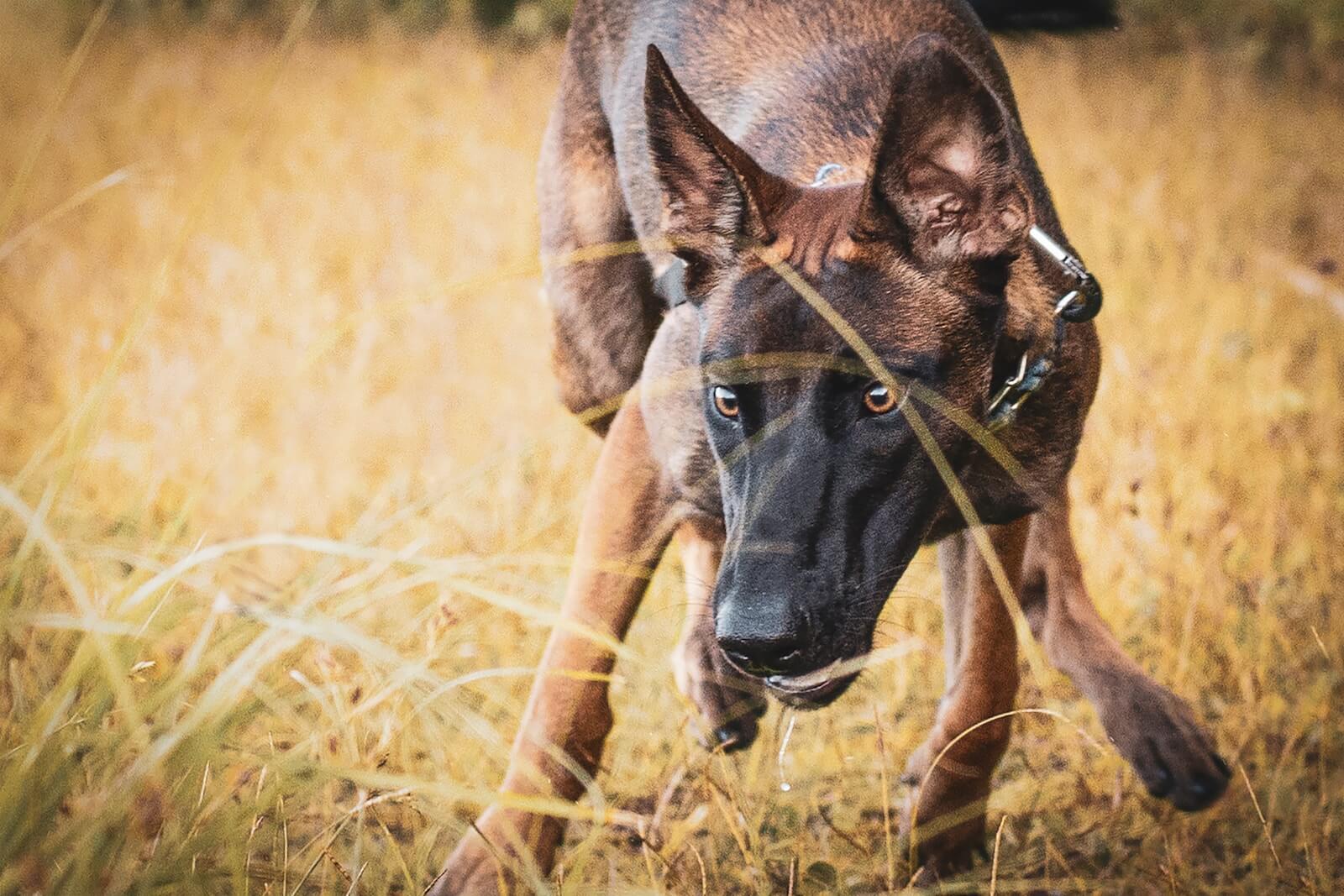
“These pups come in a more compact form than German Shepherds, which makes them better for missions where they are parachuted or repelled into a situation with their handlers,” explains Pet Guide. “That slight difference in size can make a huge difference in a war zone. That’s why the Malinois often get the toughest roles in the military, where they prove as dependable and very brave animals.”
According to Wide Open Spaces, “SEAL teams prefer Malinois because of their intelligence, agility, loyalty, fierceness, and stealthiness. They also are not afraid to jump out of planes and are the perfect size for a tandem jump or rappelling. Malinois also make for perfect Improvised Explosive Device detection dogs since they have an acute sense of smell.”
“Belgian Malinois are renowned for their fierce loyalty and their determination in the field. Their tireless work ethic, coupled with their resilient nature, makes them an irreplaceable asset to the military. They are often preferred for their ability to withstand extreme conditions and perform under stress, attributes vital in military operations,” writes Spot Pet Insurance.
3. Doberman Pinscher
Sleek, muscular, and highly intelligent, the Doberman Pinscher is one of the greatest dog breeds to exhibit military traits. Their protective instincts and easy trainability make them a great asset on the battlefield.
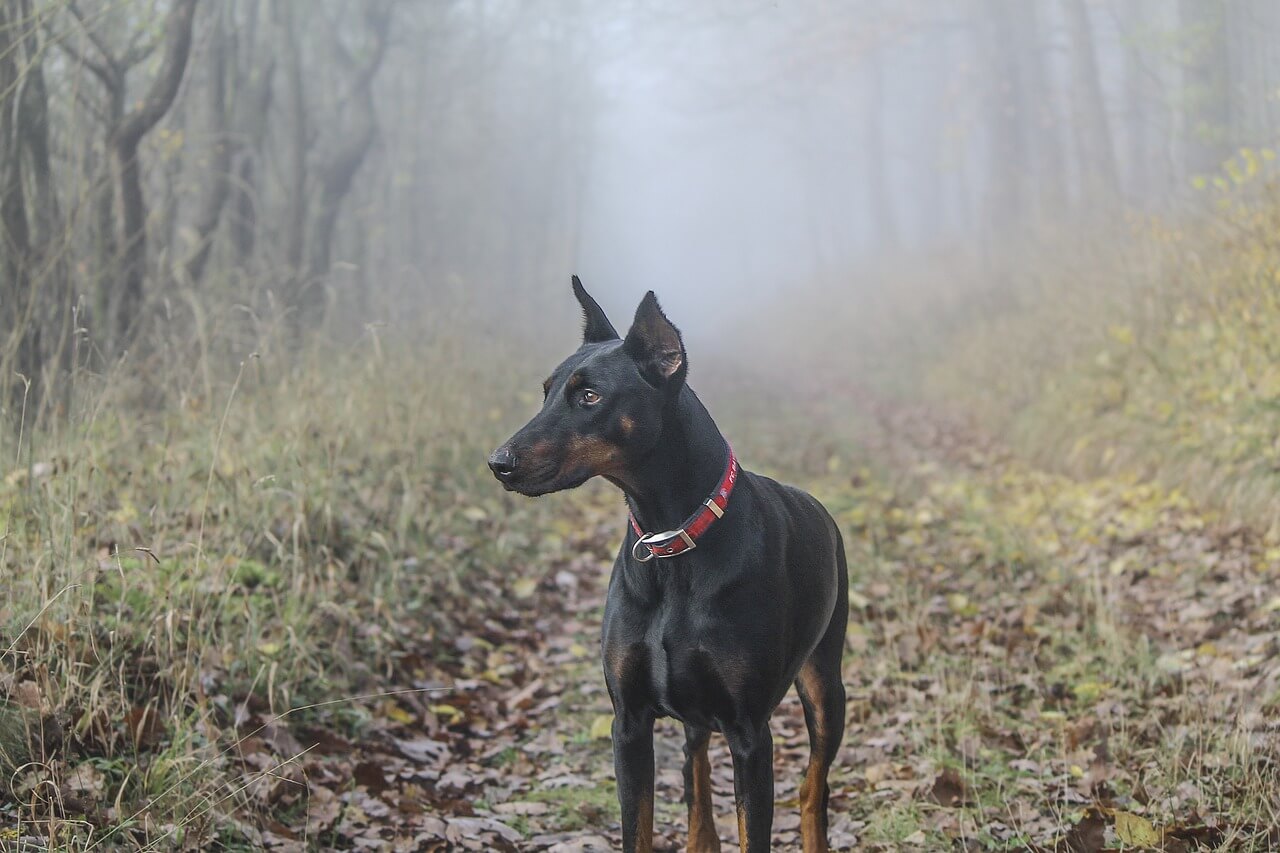
“The Doberman Pinscher, a large and highly trainable dog, has been a part of the military for a while,” states The Upper Pawside. “Dobermans served in both World Wars, but they were officially a part of the K-9 division in the U.S. Marine Corps during WWII. Their bravery and service made them the finest military canines in American history.”
“Although employed mainly as guard dogs, Dobermans were also trained to find and rescue wounded soldiers, to act as messengers, and to be patrol dogs employed to detect enemy locations and mines,” says Hepper.
Pet Guide adds, “Often dubbed the Devil Dog of the Marines, the Doberman Pinscher’s intelligence, easy trainability, and alertness make the breed a perfect choice for the role of a Scout or Patrol dog. They’ve been on the front lines for generations now and that won’t be changing any time soon.”
4. Labrador Retriever
Who would have thought the world’s favorite pup would end up on this list? Though labs are most well known for being family pets, they are also the number one choice when it comes to therapy and service dogs, such as seeing-eye dogs. Why wouldn’t they make great war dogs?
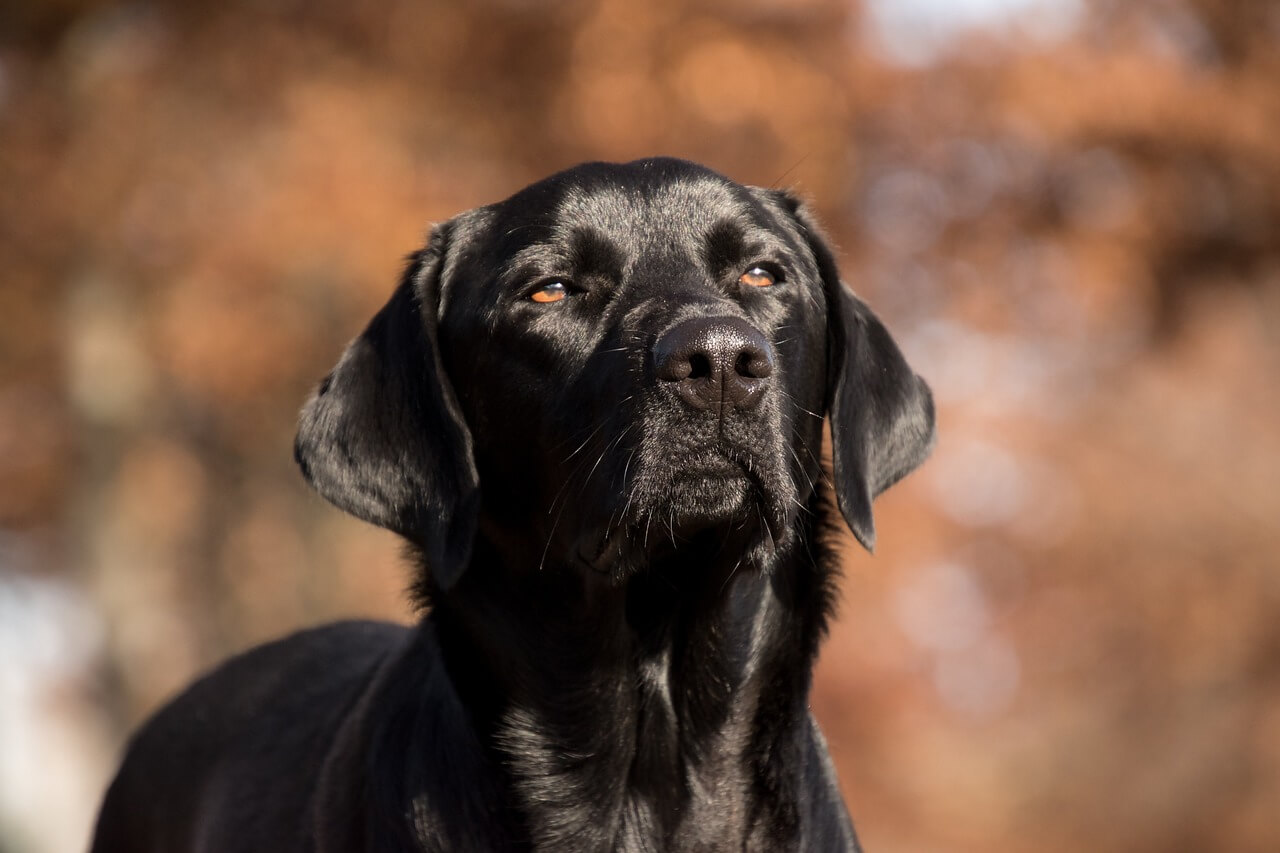
“Labrador retrievers were used in Afghanistan as Improvised Explosive detection dogs,” writes World Animal Foundation. “Due to their being retrievers and hunters, they are invaluable in detection tasks. They are easier to control remotely than German shepherds by using whistles and arm signals. In addition, Labs work well off-leash and can ease the stress of military work.”
Pet Guide adds, “They are also well suited to search and rescue missions where timing is critical and you need an ultra-obedient dog with an effective nose on the job. What is more, they are also quite emotion-driven, and can be compassionate to humans in need.”
“Amiable, smart, and highly trainable, Labradors are also used as combat stress control dogs,” says Pet Keen. “Their happy tails and friendly faces can be a welcome relief for soldiers during long, intense deployments.”
5. Boxer
Though they have a reputation for being super hyper, the Boxer’s energy can be put to good use when it comes to military tasks!
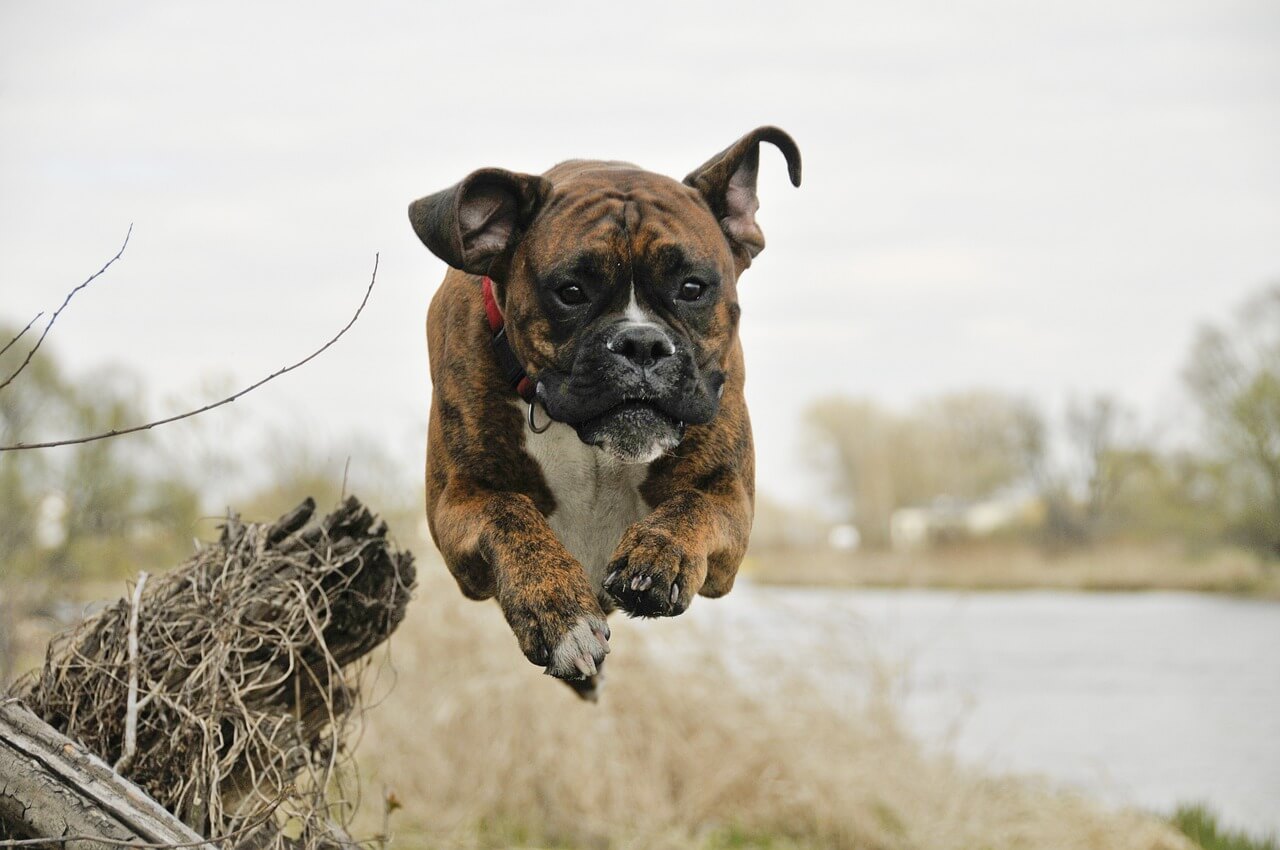
The Upper Pawside states, “Another intelligent breed employed at war, Boxers were particularly used when radio communications were not reliable or possible. The breed was trained to work with two handlers, and their job was to run messages back and forth on the battlefield.”
“While these veteran dogs have served in both WWI and WWII as guard dogs, military messengers, and patrol officers, nowadays, they are mostly family dogs,” adds Petpedia. “However, their loyalty, courage, and intelligence still make them exceptional candidates for police and military work. As a matter of fact, boxers are the second-most-popular dog breed in the German police workforce.”
“Boxers are adaptable and trainable, displaying an impressive range of capabilities in various military roles. Their energy, combined with their muscular build, makes them ideally suited for physically demanding tasks, making them a favorite among military breeds,” concludes Spot Pet Insurance.
6. Airedale Terrier
The largest of the Terrier breed, the Airedale Terrier is hard-working and independent, which comes in handy when serving in the military. With their strong will and excellent sense of smell, they make great war dogs.
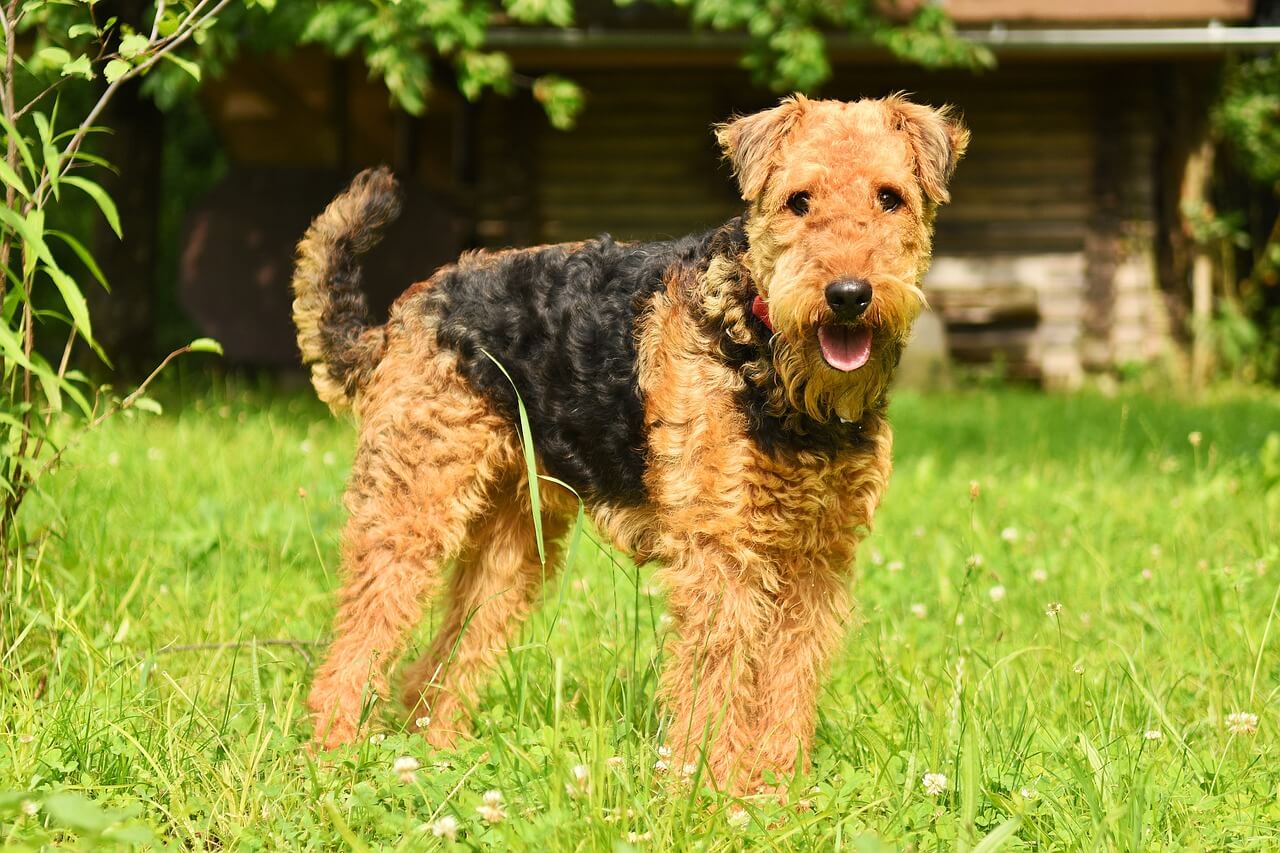
“These dogs were renowned for their ability to stay low and out of sight, their speed, and their devotion to duty. In the days before reliable mobile radio, they were an essential component of the British military’s command and communication system,” says Hepper.
“The “king of terriers”, Airedale Terriers were one of the first breeds who served bravely in the British Army during World War I,” adds Pet Keen. “Smart and determined, Airedales stood guard as sentry dogs and were trained to carry messages across the battlefield. Airedale Terriers also assisted the Red Cross by sniffing out wounded soldiers and carrying medical supplies.”
World Animal Foundation writes, “Airedales guarded the front lines in battle so they could alert the World War I troops when the enemy appeared. In addition, they served as rescue dogs for the Red Cross. Due to their characteristics of being intelligent, courageous, and having a protective nature, they are still employed as police dogs but not employed in the military.”
7. Giant Schnauzer
Like the other breeds on this list, Giant Schnauzers seem to have an innate sense of protection. This, combined with their strong sense of loyalty, makes them an excellent choice for wartime companions!
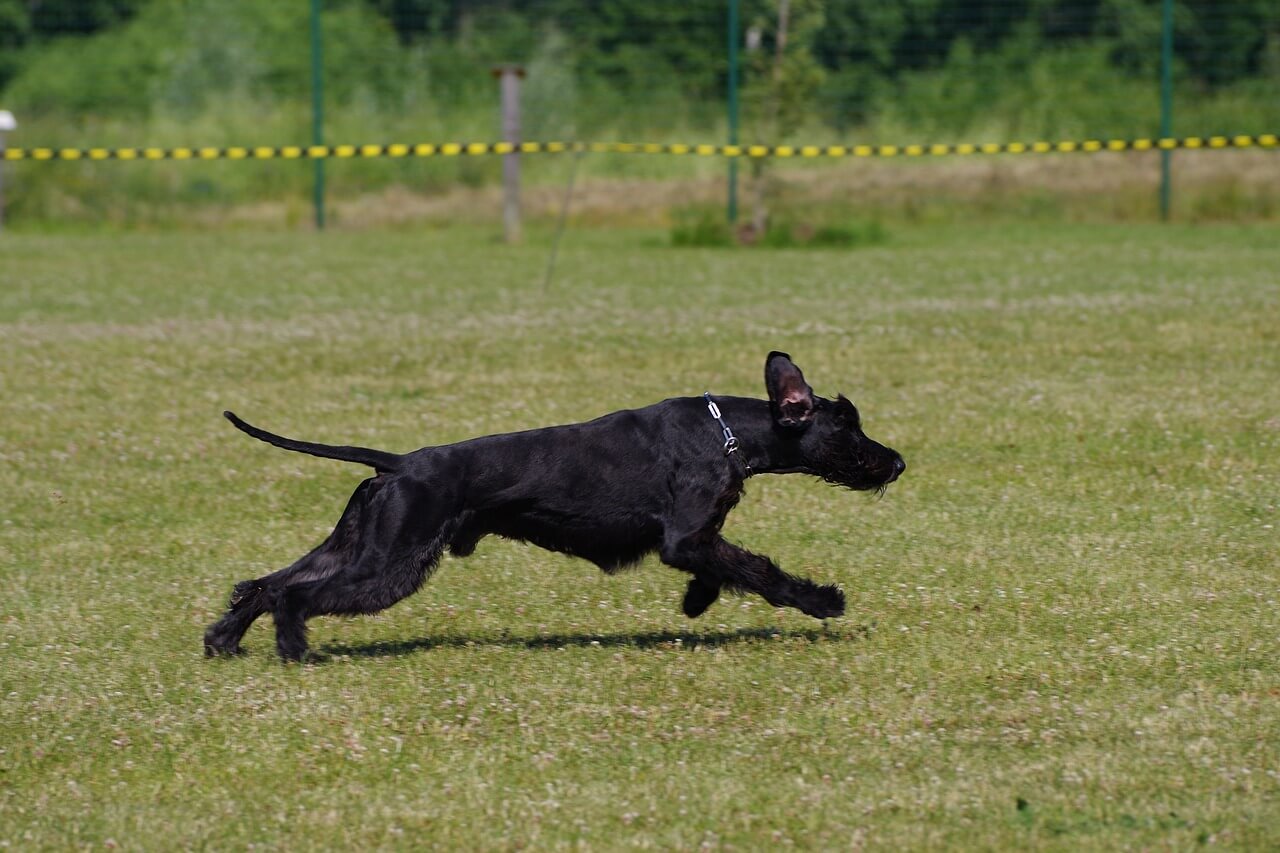
Wide Open Spaces explains, “Giant Schnauzers were first used in World War I by the Air Force. However, their use was tabled until the 1980s since the military did not think they were a good fit for military service dogs. But the Air Force wanted to give the pups a try. A Giant Schnauzer named Brock is currently the only one in 30 years to be a member of the DoD.”
“There was a time when the Giant Schnauzer was not known outside of Bavaria, where the breed was developed as a farm dog,” adds The Upper Pawside. “It gained popularity during WWI and WWII, but only got the appreciation it needed in 1980 when the U.S. Air Force reintroduced them as bomb-detection dogs.”
“Typically, these dogs have a reserved personality and are inherently suspect of strangers as well as quite territorial. So, obviously that’s the dog you want to take on night patrol,” writes Pet Guide. “These pups won’t let any stranger cross enemy lines without alerting their masters. From the time of the Soviets, this breed has become a valuable part of many world militaries, and are in use even today.”
You Might Also Be Interested In:
Sources:
- Hepper
- Pet Keen
- Pet Guide
- Petpedia
- The Upper Pawside
- Wide Open Spaces
- Spot Pet Insurance
- World Animal Foundation
Note: This article was not paid for nor sponsored. StudyFinds is not connected to nor partnered with any of the brands mentioned and receives no compensation for its recommendations.
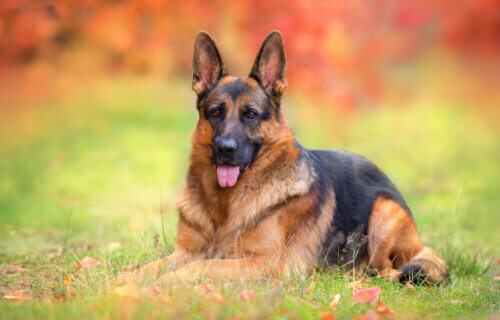
You ever hear of a bovier de Flanders dummy
You left out the Dutch Shepherd which maybe better than all of them very loyal very tough very smart I can’t believe you guys left them out they were almost extinct in the ’40s after world war II I believe they are less than 2000 and left in the world I have one and he is a great dog funny smart and very tough
After sharing a life of adventure mountain sports with an Australian Kelpie, they may be smaller than the other’s listed, but they make up for it with tenacity and sheer tightness. On several occasions, I’ve seen mine completely dominate much larger breeds. Their intelligence, loyalty, high trainability, along with being able to work from long distances make them the first breed I’d consider taking to war.